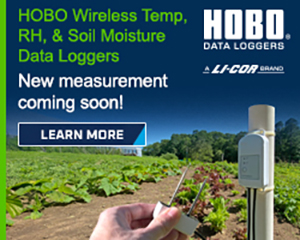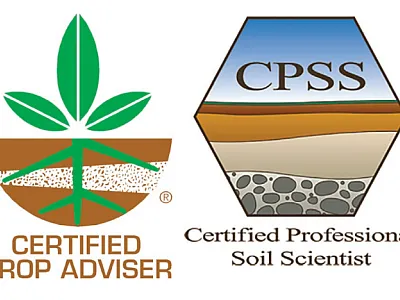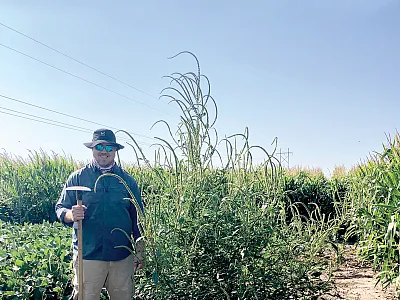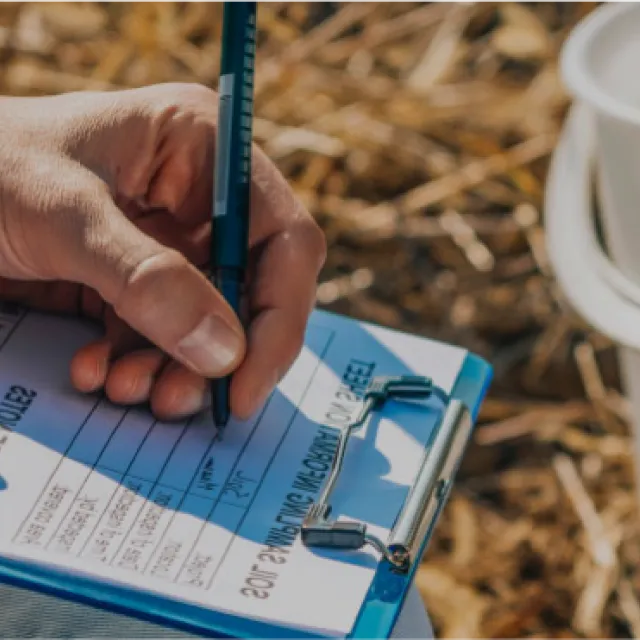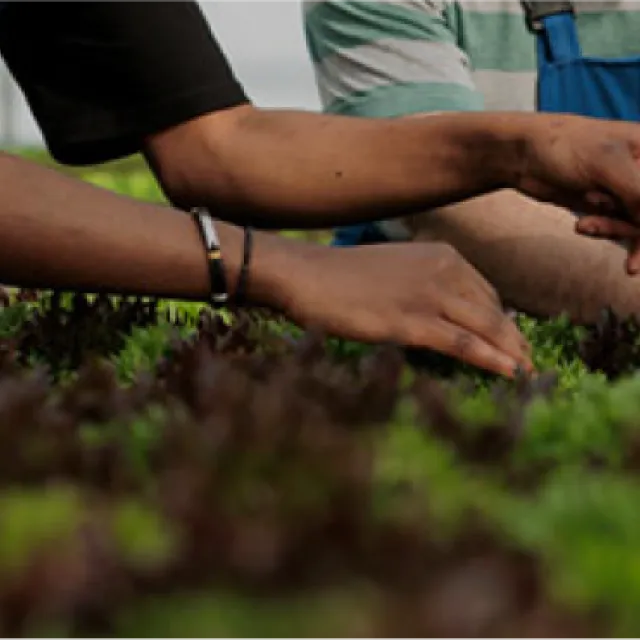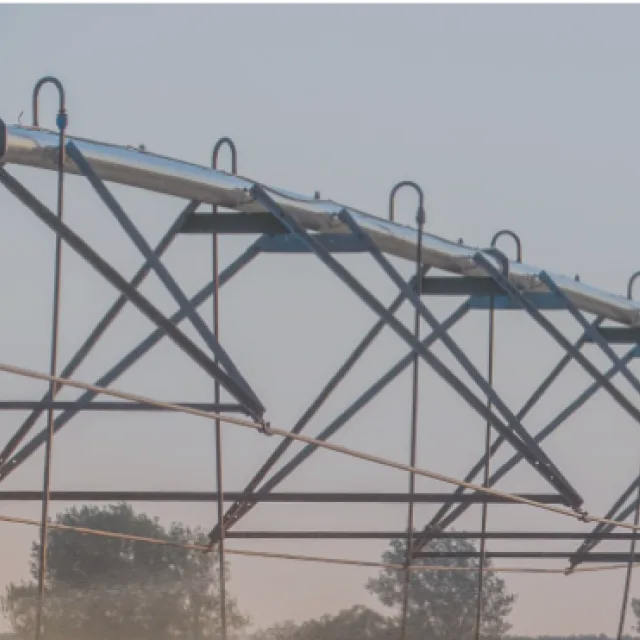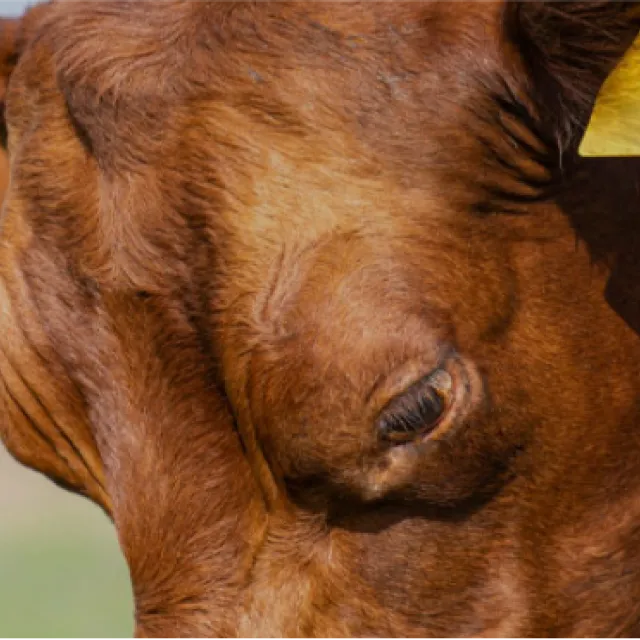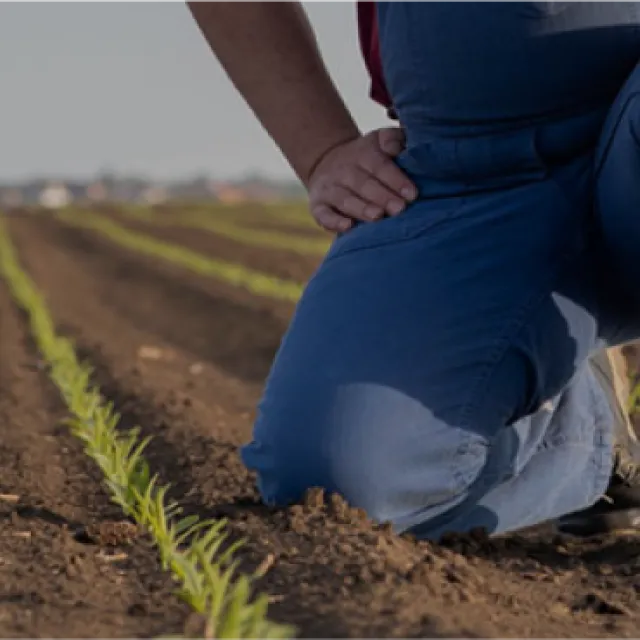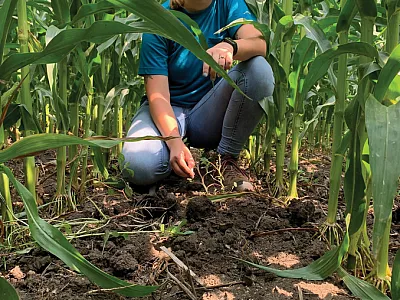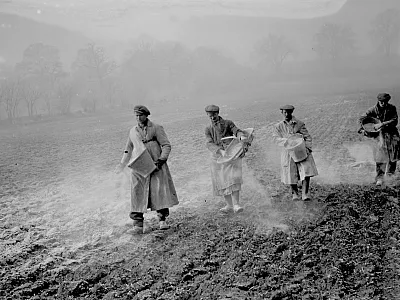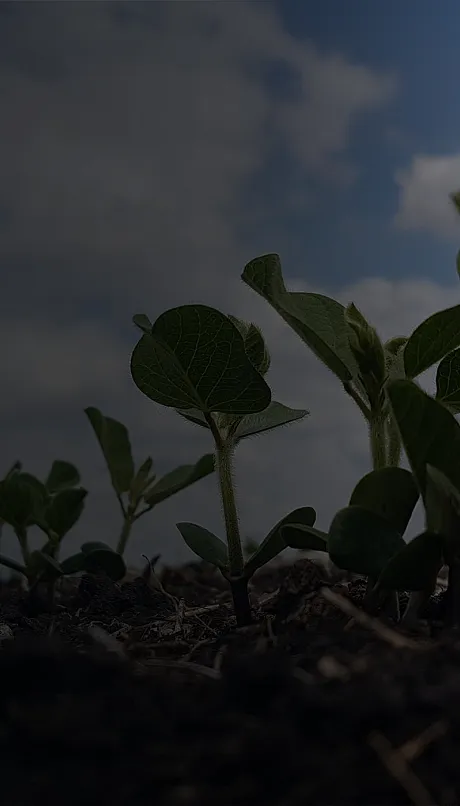
Welcome to the new Crops & Soils site
The new site currently features articles from 2024 and 2025. Content from past years will be added soon and new content will post each week.

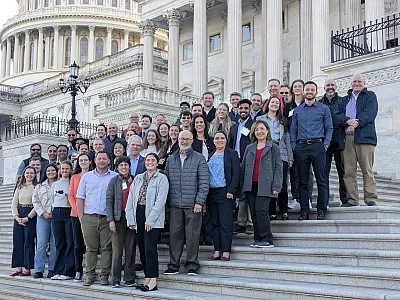
Science meets policy at Congressional Visits Day
Society members, CCAs advocate for research funding and the value of science
During Congressional Visits Day, held February 26 this year, Society members and CCAs participated in more than 80 visits with lawmakers and their staff in Washington, DC. The primary message was that USDA research is vital to a secure and vibrant food and ag system in the United States.
Featured articles
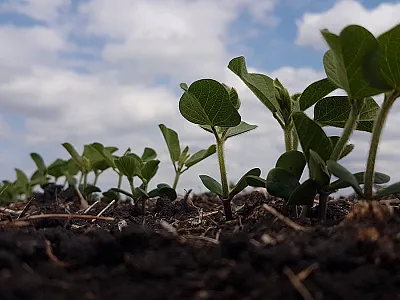
Improving soybean yield in Wisconsin
Planting early and rethinking maturity group ranges
University of Wisconsin researchers have confirmed a strong link between early-planted soybeans and improved yields and discovered that viable maturity group ranges may be wider than previously thought. This research is especially relevant since the USDA Risk Management Agency has expanded its covered early-season planting window in the state, giving farmers more reason to reevaluate their cropping plans this spring. Earn 0.5 CEUs in Crop Management by reading the article and taking the quiz.
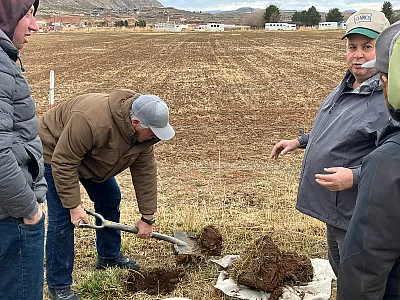
Soil health management practices in the diverse Intermountain West
More local information would help farmers, crop advisers
The Intermountain West spans the basin and range between the Rockies to the east and the Cascades and Sierra Nevada to the west. Its features diverse agricultural terrain and activity. Soil health management practices this region remain significantly understudied compared with other areas, according to a commentary published in the journal Agricultural & Environmental Letters. A survey of crop advisers and farmers across Utah explored their role in promoting soil health practices and identified barriers to and opportunities to expand soil health management practices. Earn 1 CEU in Soil & Water Management by taking the quiz for the article.
Most read articles
Recent articles

Imagery-based crop nutrient management
Challenges, opportunities, and the role of AI
Imagery-based nitrogen management systems offer tremendous potential for improving the efficiency of nitrogen use in agriculture. However, challenges such as cloud cover, image quality, and nitrogen leaching must be addressed for these systems to reach their full potential. Solutions driven by AI, combined with better agronomic practices, can help mitigate these challenges and reduce the environmental impact of nitrogen leaching, particularly in nitrogen-intensive regions. Earn 0.5 CEUs in Nutrient Management by taking the quiz for the article.

Developing high-yielding and stress-resilient soybean varieties
Progress and prospects for U.S. Mid-South farmers
Soybean is an important crop as a global food, oil, and feed source, yet its productivity faces threats from climate-change-driven factors. The Mid-South U.S., a major soybean-producing region, experiences unique environmental challenges that affect yield and farm profitability. The soybean-breeding program at the University of Missouri Fisher Delta Research, Extension & Education Center (MU-FDREEC) is dedicated to developing high-yielding, resilient varieties to support farmers in this region. Over the past five years, MU-FDREEC has released 24 new soybean varieties, including conventional, herbicide-tolerant, and specialty types (high oleic acid). Collaborations with farmers, industry partners and research institutions have led to improvements in disease resistance, seed quality and yield, benefiting soybean producers nationwide. Looking ahead, the program is focused on enhancing climate resilience, optimizing photosynthetic efficiency, and incorporating genomic technologies. These efforts aim to provide Mid-South farmers with improved soybean varieties that boost productivity, profitability, and sustainability. Earn 0.5 CEUs in Crop Management by taking the quiz for the article.
Events
Soil fertility, fertilizers, and crop nutrition: Past, present, and future
Society has made (and will be making) significant demands on agriculture in the not-to-distant future. Meeting future sustainability goals and environmental regulations while simultaneously continuing to meet requirements for food, feed, fuel, and fiber requires a firm understanding of how “we” have collectively arrived at our current status as it relates to our fertility principles and beliefs as well as the processes that address them. This series intends to describe crop nutrition and fertilizers from where we have been to where the authors believe that we will likely need to be prepared to go if we are to support world demands into the foreseeable future.
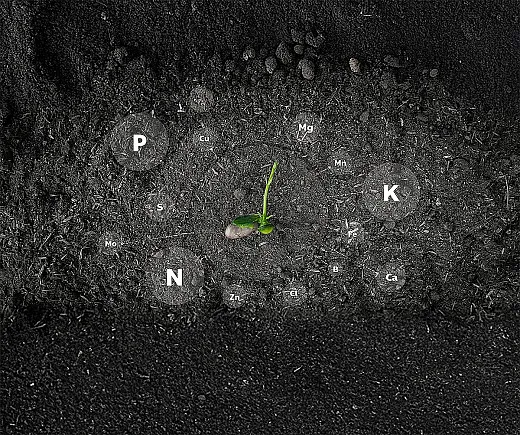
We want to hear from you
Do you have an article you'd like to submit or feedback for the magazine team? Let us know!




